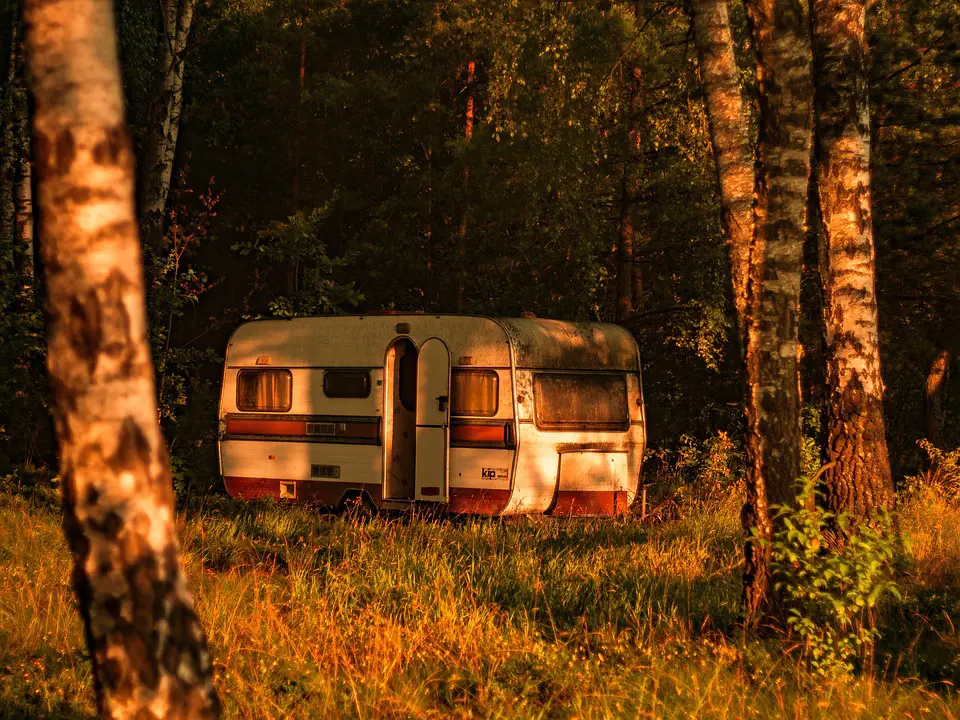Table of Contents
Introduction
Setting up and taking down a camping tent may seem like a simple task, but doing it properly can make a significant difference in terms of comfort and durability. Whether you are a seasoned camper or a newbie, this guide will provide you with step-by-step instructions on how to properly set up and take down your camping tent.
Step 1: Choosing the Right Campsite
The first step in the process is to choose the right campsite. Look for a clear, level area without any sharp rocks or sticks that could potentially damage your tent. It’s also important to consider factors such as proximity to water sources, shade, and wind direction.
Step 2: Unpacking and Organizing
Before you start setting up your tent, unpack and organize all the components. Lay them out on a clean tarp or groundsheet to avoid dirt and potential loss of small parts. Familiarize yourself with the instructions provided by the manufacturer and ensure you have all the necessary parts.
Step 3: Assembling the Tent
Begin by laying out the tent footprint or groundsheet in the desired position. This will not only protect the tent bottom from abrasion but also help keep your tent clean. Then, identify the tent body and gently unfold it, making sure not to force any parts. Connect the tent poles following the instructions provided, and then insert them into the appropriate sleeves or clips on the tent body. Once the poles are securely in place, stake down the corners of the tent and tighten the guylines to ensure stability.
Step 4: Rainfly and Guyline Setup
Many camping tents come with a rainfly that provides additional protection from the elements. Attach the rainfly to the tent using hooks or clips, making sure it is properly aligned and secured. Adjust the guylines attached to the rainfly to add stability and prevent water pooling during rainy weather.
Step 5: Interior Setup
Once your tent is securely set up, it’s time to organize the interior. Start by placing a groundsheet or footprint inside to protect the tent floor from sharp objects and moisture. Arrange your sleeping bags, mats, and other camping gear strategically to maximize space and ensure comfort during your stay.
Step 6: Taking Down the Tent
When it’s time to pack up and leave, follow these steps to take down your tent correctly. Begin by removing all the interior items and making sure everything is dry before packing it away. Next, remove the stakes and carefully detach the rainfly if you have one. Once the rainfly is off, start at one end of the tent and disassemble the poles, removing them from their sleeves or clips. Carefully fold the tent body, making sure to avoid any trapped dirt or debris. Finally, pack all the components into your tent bag, making sure everything fits properly.
FAQs
Q: Are tent footprint or groundsheet necessary?
A: While not essential, a tent footprint or groundsheet can provide added protection to the tent floor, preventing abrasion and moisture penetration.
Q: What do I do if I’m missing tent poles or stakes?
A: In case you’re missing any tent poles or stakes, contact the tent manufacturer for replacements or alternative solutions. Avoid using substitute objects as they may not offer the same level of stability or may damage your tent.
Q: How can I clean my tent?
A: To clean your tent, set it up and remove loose dirt and debris using a soft brush or cloth. Avoid using harsh detergents or abrasive materials that can damage the fabric’s waterproof coating. If necessary, hand wash with a mild soap specific for outdoor fabrics, rinse thoroughly, and allow it to air dry completely before packing it up.
Q: Should I store my tent when it’s wet?
A: It’s always best to dry your tent completely before storing it to prevent mold and mildew growth. If you can’t dry it immediately, hang it in a well-ventilated area or lay it out in the sun to remove moisture.
Q: Can I leave my tent set up for an extended period?
A: While tents are designed for temporary use, leaving them set up for an extended period can result in damage due to environmental factors like sun exposure and storms. It’s recommended to take down your tent after each use and store it properly.





